Day 5
My Jedi-like flying of the 4th session was due to get a knock, and it surely came in the form of wind at Leeds Bradford which is known for being a gusty spot. The POH contains the line " controllability has shown to be adequate in 17 knot (20mph) winds from any direction". To give it some context, the control inputs that would lift you off on a flat calm day if used on a day with 20kts on the nose, mean you are going backwards at 20kts if you don’t account for the wind. Various kinds of spot turns were on the agenda, from the basic turns around the geometric centre (Mast) to keeping the tail fixed over a spot and making turns. On a windy day, the control inputs are large and required immediately, not just when your head catches up. The helicopter naturally wants to turn to the right, so right turns are easier. Once the helicopter gets pointed downwind you need cat-like reflexes.
This seemed like a good time to introduce backwards flight, and there was more to that than aft cyclic. Clearing turns need to be made left and right, the helicopter is lifted up to a double-height hover and moved backwards one helicopter length before returning to a normal hover height. Another thing you would give no heed to in an aeroplane is raindrops on the windshield. My misconception was that the downwash would clear these raindrops off once I pulled the power on. This didn’t happen for me (maybe the windshield was dirty) and trying to hover looking at a visual reference point through a wet windshield on a gusty day is no joke. When this happened, I said to my instructor we need to stop now and sort this out. I got a microfibre cloth and water, once it was cleaned off I was like a different pilot.
We needed to travel 21nm to a location for some confined area operations, which coincided with a little event  A major difference I note is the way the drift angle feels in the helicopter. If you have 25kts from your left and an airspeed of 70kts then you are looking out the right window at where you are going as you crab along a track. Helicopters have a rock and roll oscillation moment that just occurs for no reason that I can explain, and it happens randomly. On a normal day, it phases itself out after 2 seconds or so. As a fixed-wing pilot, you must tame the urge to fight these oscillations and just let them happen. On a really windy day, you get quite the awakening when it all goes bobbing about like this. When we got to the confined area, it looked nothing like the size I imagined from Google Earth. The wind was giving a rotor effect off trees, there were people standing about and terrain with houses to consider on the approach. It was at this point the penny dropped this is not a skill to be undertaken lightly. It is like doing Aerobatics in this regard. The stakes are high and basic knowledge confers enough ability to get yourself into trouble. On departure my instructor demonstrated a textbook confined area take-off, using all the available space. I was expecting him to tower up, climb out over the built-up areas into the wind and hope for no engine issues. He is a pro and did a J turn take-off, hit 52 kts at 5ft before climbing on full power at 1000fpm avoiding all houses and turned downwind with the right speed to clear built-up areas. My instructor is hard, and not blowing smoke up my ass. Lots of people who own helicopters have soft instructors who just fly off with them for lunch and don’t push the student past their comfort zone. We are in Yorkshire, where men drink their tea in a mug!
A major difference I note is the way the drift angle feels in the helicopter. If you have 25kts from your left and an airspeed of 70kts then you are looking out the right window at where you are going as you crab along a track. Helicopters have a rock and roll oscillation moment that just occurs for no reason that I can explain, and it happens randomly. On a normal day, it phases itself out after 2 seconds or so. As a fixed-wing pilot, you must tame the urge to fight these oscillations and just let them happen. On a really windy day, you get quite the awakening when it all goes bobbing about like this. When we got to the confined area, it looked nothing like the size I imagined from Google Earth. The wind was giving a rotor effect off trees, there were people standing about and terrain with houses to consider on the approach. It was at this point the penny dropped this is not a skill to be undertaken lightly. It is like doing Aerobatics in this regard. The stakes are high and basic knowledge confers enough ability to get yourself into trouble. On departure my instructor demonstrated a textbook confined area take-off, using all the available space. I was expecting him to tower up, climb out over the built-up areas into the wind and hope for no engine issues. He is a pro and did a J turn take-off, hit 52 kts at 5ft before climbing on full power at 1000fpm avoiding all houses and turned downwind with the right speed to clear built-up areas. My instructor is hard, and not blowing smoke up my ass. Lots of people who own helicopters have soft instructors who just fly off with them for lunch and don’t push the student past their comfort zone. We are in Yorkshire, where men drink their tea in a mug!
As a private pilot, I can now see the attraction of helicopters but I can also see the huge cost-effective utility of an aeroplane. The helicopter can’t be beaten for showmanship and it satisfies a need some people have to arrive in a larger-than-life style that a land Aeroplane rarely gives. Kids love it, girls love it, men of all ages admire it and there is a feel-good factor that trumps most things.

WilliamF wrote:
it satisfies a need some people have to arrive in a larger-than-life style that a land Aeroplane rarely gives
It always strikes me that non aviations make no difference between a piston single and a turbine twin helicopter while they would not touch a single prop airplane with a stick ;-)
Today I did visit an old customer who actually has a helipad directly in front of the company entrance. I asked if they ever used it for anything other than medevac but even the CEO would arrive by car only.
WilliamF wrote:
As a private pilot, I can now see the attraction of helicopters but I can also see the huge cost-effective utility of an aeroplane. The helicopter can’t be beaten for showmanship and it satisfies a need some people have to arrive in a larger-than-life style that a land Aeroplane rarely gives. Kids love it, girls love it, men of all ages admire it and there is a feel-good factor that trumps most things.
LOL, I love it. Well, that is what aviation should be all about. And it appears that in the UK there really is a lot more freedom how to use a helo so it makes perfect sense.
Sebastian_G wrote:
It always strikes me that non aviations make no difference between a piston single and a turbine twin helicopter while they would not touch a single prop airplane with a stick ;-)
The same goes for airplanes… if it’s got a prop they won’t touch it, if it’s a jet, it’s fine. One of my pet “peeves” at the time was the comparison in economy and speed between the Saab 2000 turboprop vs the comparable 50 seater jets. It was almost as fast, massively more economical, a lot more spacy and even quieter thanks to the excellent noise cancelling. Yet passengers liked the jet, they just felt any prop is a 1930ties airplane which they don’t trust. With helos it’s even worse as people simply are totally clueless and usually associate helos with the SAR machines they see operating, all of which are turbine driven and quite different.
Anyway, great write up here, I enjoy every one of it.
Day 6 & 7
The pace is picking up now, my instructor wants to cover emergencies which need to be dealt with before contemplating the first solo. This is exciting stuff such as:
Engine Failure in the Hover – Nose swings left as the engine power is lost, right pedal to correct, lift the collective and left pedal to cushion the touchdown.
Tail Rotor Failure in the Hover – Two ways of dealing with this. The instructor demos the most dramatic thing I’ve seen which is a fly-away recovery where right cyclic and forward are applied to fly the helicopter in ever-expanding right circles until 50kts is achieved when the tail feathers take over to the point the helicopter can fly feet off the pedals. You are now in forward flight controllable with forward speed. The other way is to roll the engine off once the failure is detected and treat it like an engine failure in the hover.
Main Rotor Gearbox Light On in Flight – Lower the MP as low as possible, look for a field and land with minimum power.
Engine failure to full down landing – The CAA doesn’t require students to be tested on this, the engine is generally rolled on again at 200ft and the student flies away. Indeed a demonstration of just setting up the autorotation is usually terminated at 500ft. The examiner is totally unfazed by going right to the ground and running on, he says he does 50 each week for 30 years so nothing I can do will be new to him. The 269C has a convenient cross support in the bubble so once the intended touch-down point is on it, collective down, engine rolled to idle, right pedal, aft cyclic to load the disc, pitch for 52kts and down we go. At 20ft aft cyclic starts to arrest the descent and forward speed close to the touch-down point. Lifting the collective cushions the decent prior to touchdown and we are going at a walking pace when the skids slide on. Doing this for the first time by verbal guidance feels like my best flying yet.
Fun things on Day 6 are transitions to forward flight and back to the hover within the confines of the training field. We take both doors off for the hot weather and it feels like Summer 22 has arrived. I get an intro to Cushion Creep take-offs where we simulate only having 22" of MP to take off. The front of the skids are long and very forgiving. We slide for 60m on the front part of the skids until nature blesses us with translational lift which is 30% extra free engine power for all effects and purposes. We study the effects of surfaces on the power required. If you ever wondered why concrete helipads are best, it takes less power to lift on one (Additional plus points for it being level and having grip for a frosty day). Long grass and water cannot dissipate the dirty air away from the helicopter and require much more power from the ship.
Day 7 centres on a progress check with our examiner. Ray Jones is considered to be the God Father of Hughes & Enstrom type-specific training in the UK. Not only does he know each Hughes & Enstrom helicopter in the UK, he knows the owners and the good/bad/ugly points of each machine on the register. This is a massive benefit, as he pointed out how our helicopter got a new tailboom and MR blade after shutting down in a 30kt wind at Gloustershire. The key learning point is the helicopter must be pointed nose 45 degrees left of the wind, to allow a blade to sail up and down without hitting the tailboom. He could walk around our helicopter pointing out all the late model features that came from the latest Schweizers rather than the early Hughes Helicopter models. Here is a photo dump to give some insight into things:
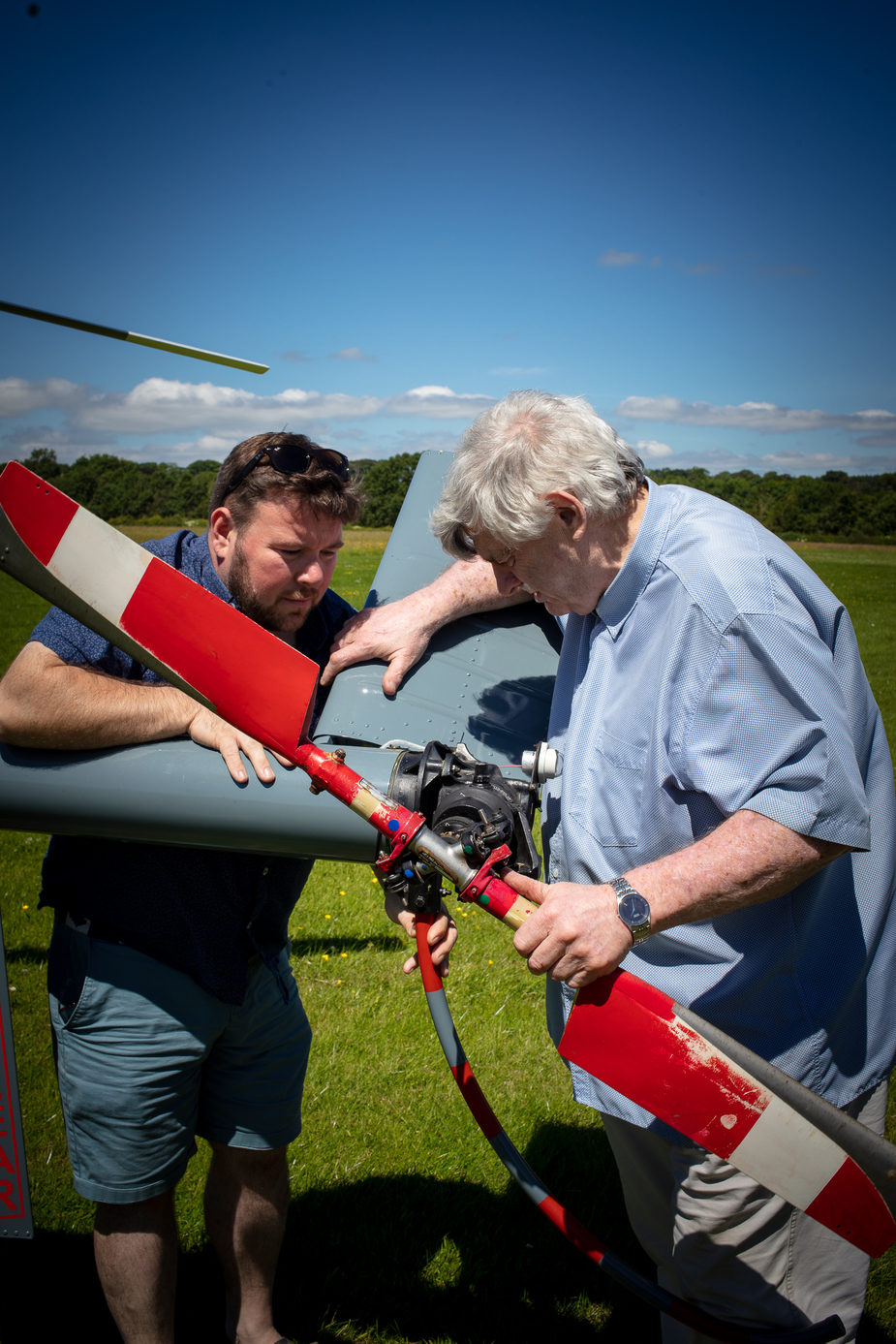
Five dirty blades require 2" MP extra for a given take-off weight to hover. Add another inch for Ray as he’s built to last.

Not taught in any textbook. This is the neutral pedal position for zero pitch on the TR.

The later style tailboom cluster mod was prompted by the accident where Dennis Kenyon lost his son :-(
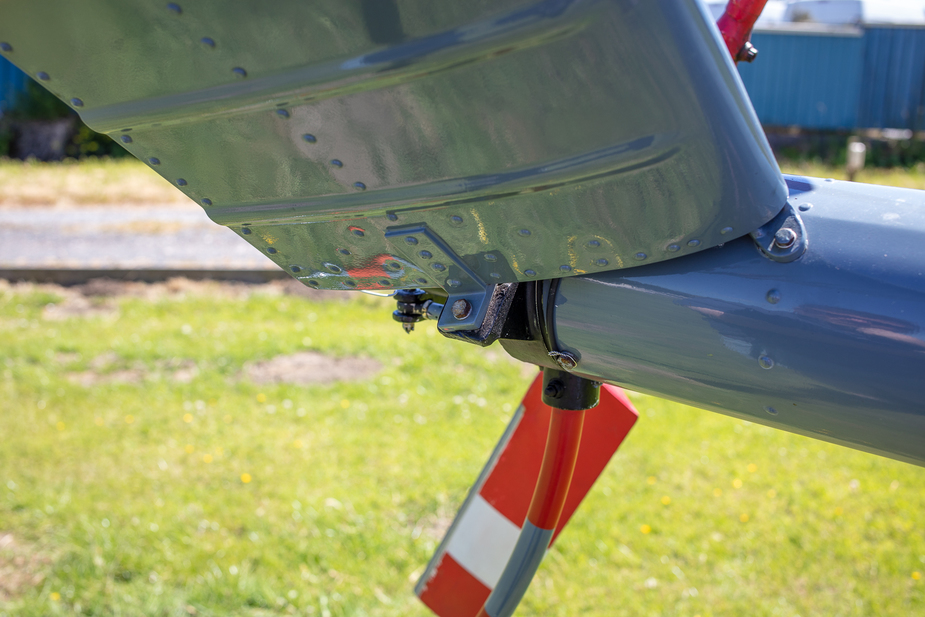
These stab attach brackets can crack and are a vital daily check A item
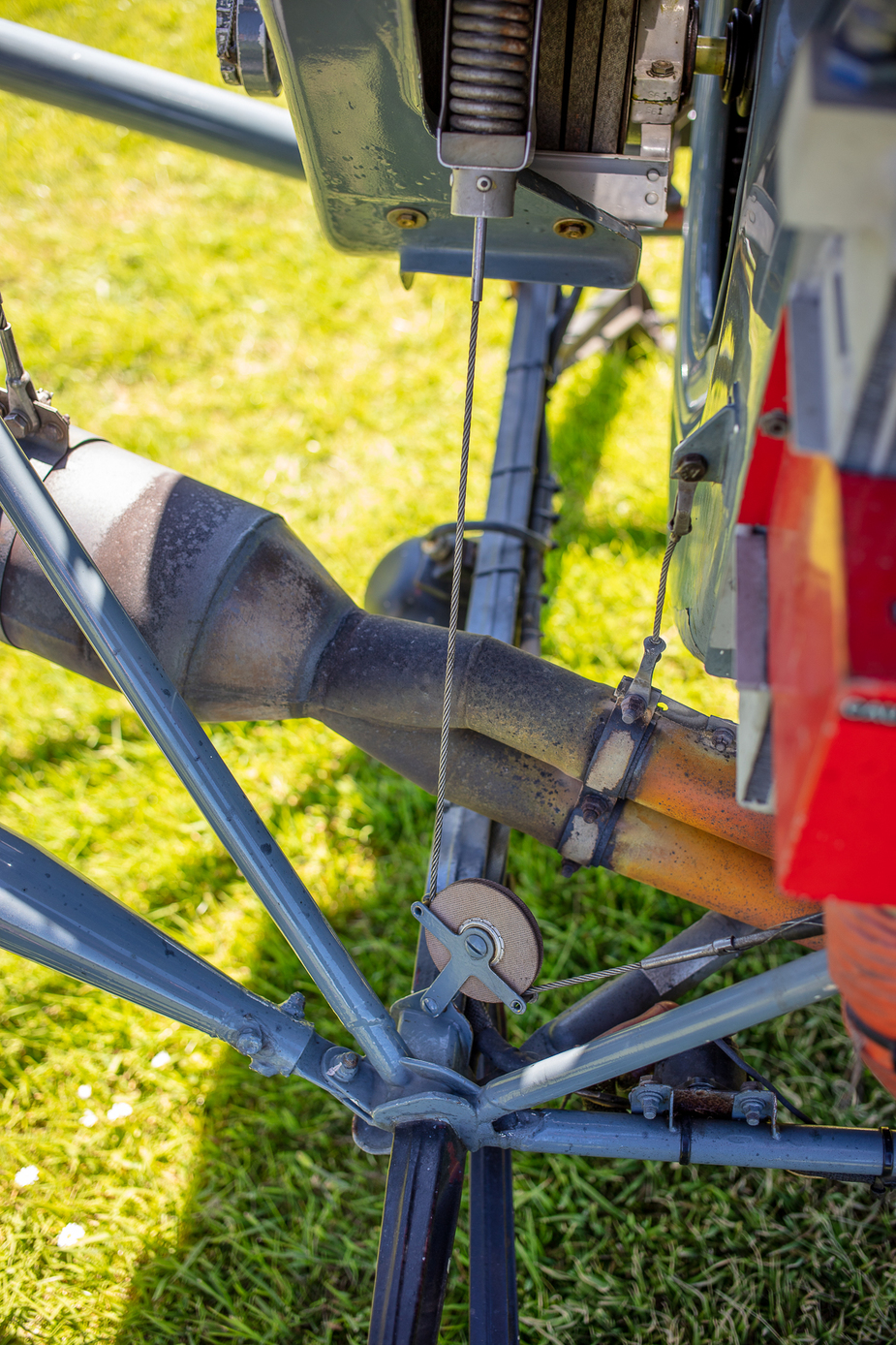
Later style heavy clutch cable fitted to our helicopter, the tension here keeps us flying
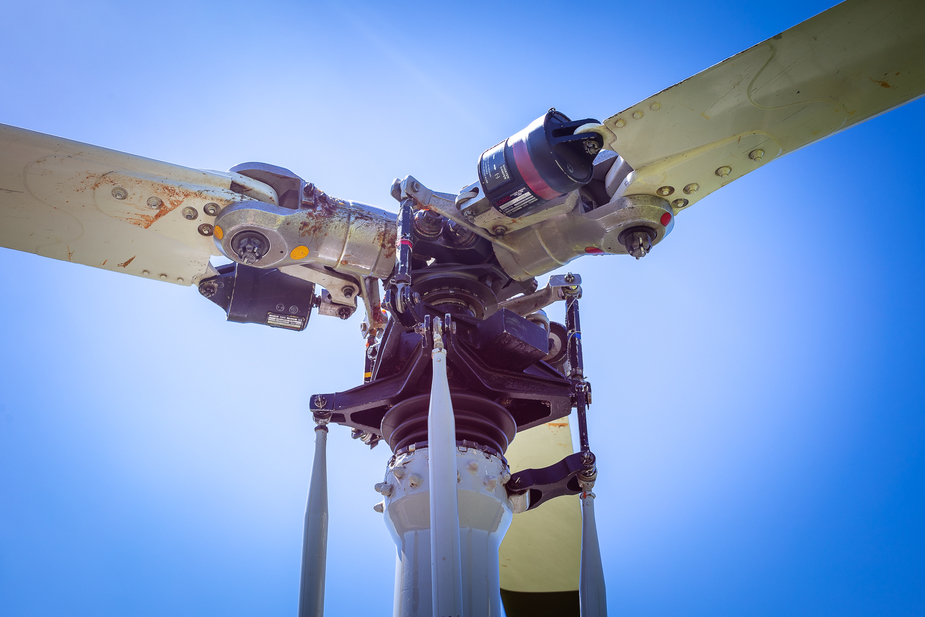
The most important thing to check on the helicopter is the droop stop ring. If you could only pick one thing to check.
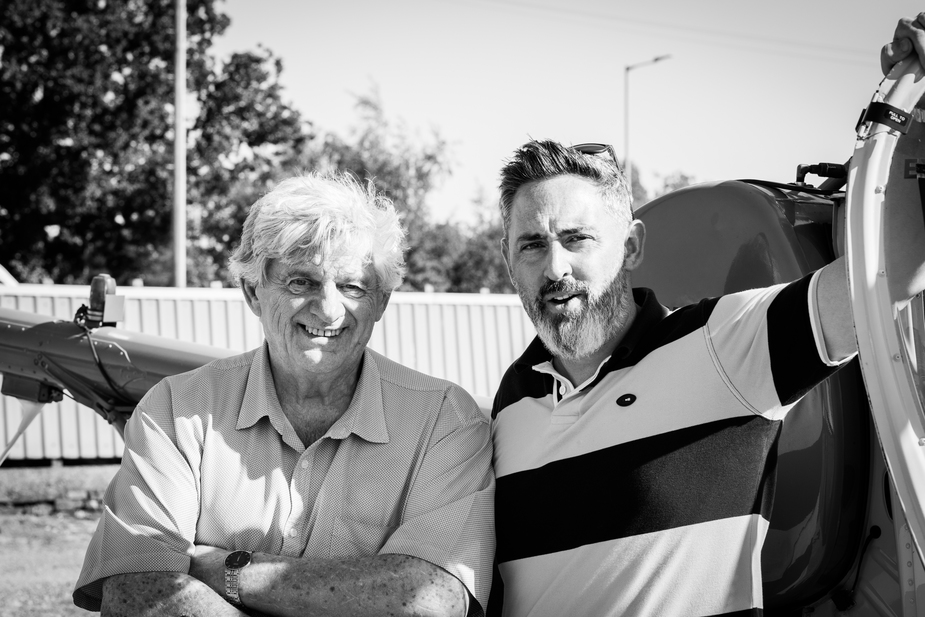
Mr Jones after blowing my mind, and telling me he had a free 5-knot speed mod to give me… details to follow
Back at it tomorrow, Mark our instructor is doing a great job as there are 3 of us now PPL(H) training with G-usco and keeping the bravado within limits is a tough job. Scott and Steph who own the school and engineering facility also have a lot to put up with. 3x Fixed-wing pilots who think they know it all 
I hope this is not corrosion

There’s oil, dust, thick paint over the welded cluster structure and some chipped paint there. Would look better cleaned and with the paint touched up. Job for the next 50hr.
Probably the advert I’ve seen for selling the helicopter dream. Sitting on the lawn of an immaculate house, Porsche in the garage etc:
https://www.avbuyer.com/aircraft/helicopter/piston/enstrom/280/364691
Well done to the seller, I’m inspired. Looking at the trees in his garden I’d like to see how he did it!
My son is getting the PPL for fixed wings but might in the future get interested in helos – especially as it seems to be a pretty big demand for professional pilots. So I was curious enough to check some rules and found out this:
if you fly LAPL for helos and have previous fw licence, you might get even 20 hours discount from the required 40 total time. Then to get PPL(H) after LAPL you may need only 5 additional school flight hours. So altogether only 25 school flight hours which tend to be the most expensive part.
if you fly PPL(H) straight from fw, you only get 6 hours discount and need at least 34 school flight hours. Actually a very odd rule!
Now the question for you with a lot of experience: is there any practical possibility to really manage the LAPL with 20 hours without previous helo experience – assuming that you have a lot of fw experience already. I understand that they are pretty different worlds but still the basic aerodynamics etc are the same.
is there any practical possibility to really manage the LAPL with 20 hours without previous helo experience
No.
Typical time for a FW→RW transition is 40-60 hours. I’m sure there are some Chuck Yeagers out there who have done it in minimum legal time, but it’s very rare.
Yes, the aerodynamics is the same, except that in RW they’re whizzing round at 400 rpm. All the basic theory stuff – weather, rules & regs etc – is the same. But the actual experience of flying a heli, including all the stuff you have to know even if you don’t do it often – emergency procedures, slope landings, confined operations, etc – takes a LOT of practice to get comfortable with.
johnh wrote:
I’m sure there are some Chuck Yeagers out there who have done it in minimum legal time, but it’s very rare.
A young fixed-wing CPL I have had with me from the early days moving aircraft around the place. He’s a natural pilot and above 98/100 fixed-wing guys – we gave him a go in the helicopter with the instructor. In 0.3 tach hours (18 mins) he had grasped enough to hold a steady hover, to be able to hover taxi to a small pad, and to land it smoothly. Always one exception.